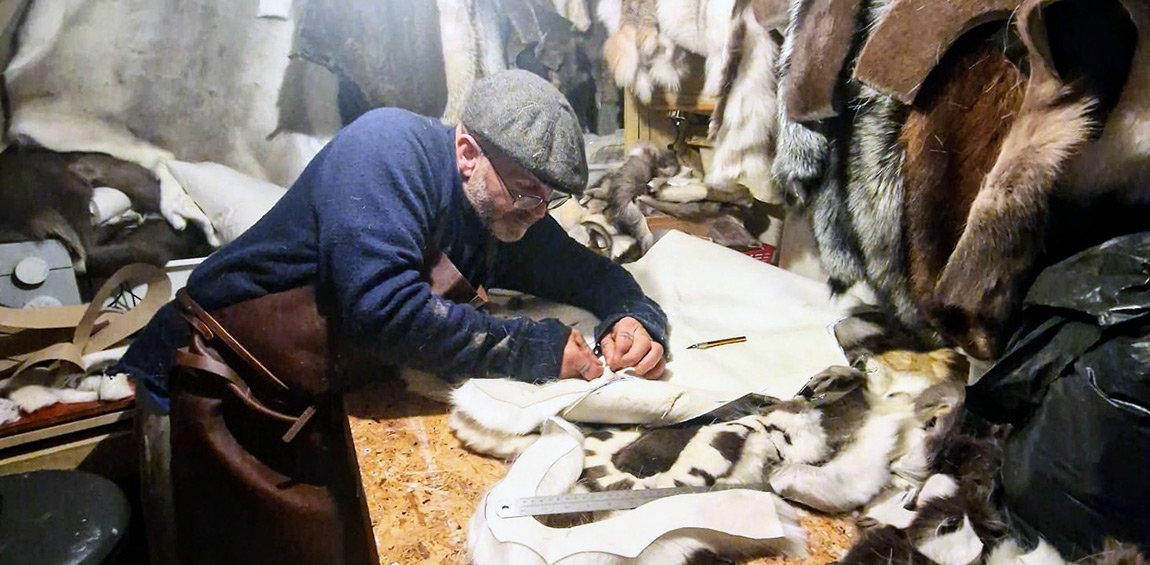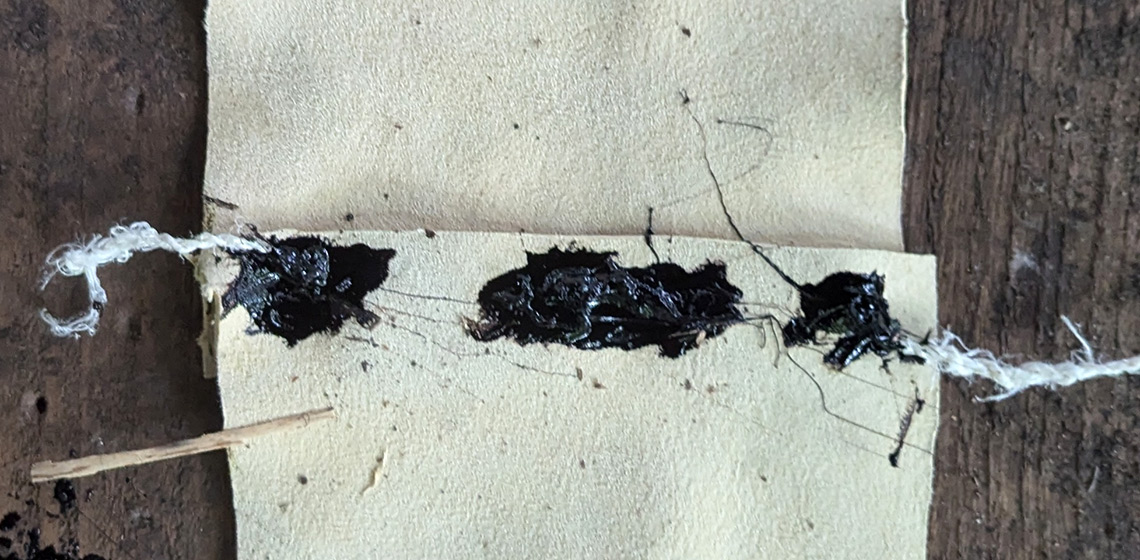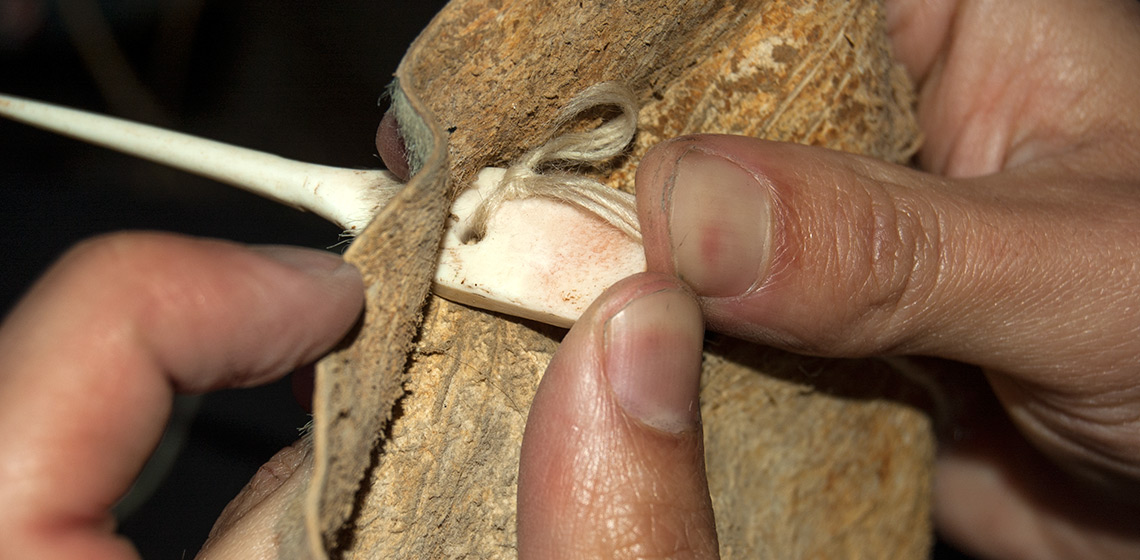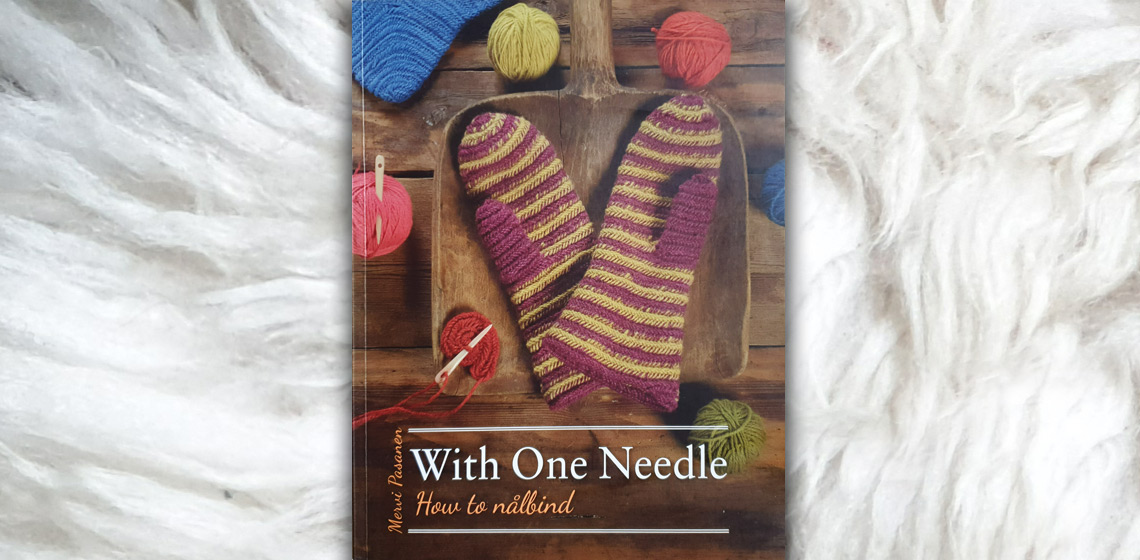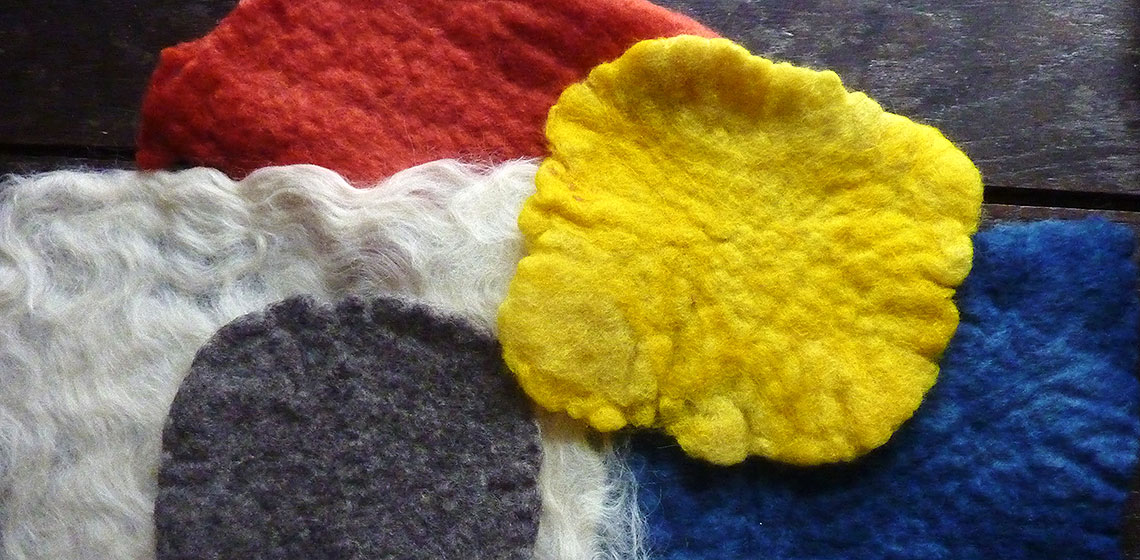sewing
Interview: Richard Rees, a professional furrier with over 30 years of experience
Publication Date
We are talking to Richard Rees, a professional furrier with over 30 years of experience in the profession. He has undertaken an unprecedented project - creating the fifth Qingailisaq parka. The parka is famous for being so difficult to make.
Resurrecting a Bog Dress: A Comparative approach to Medieval Textile Construction
Publication Date
In this article we recreated garment 38 from the fourteenth century garments preserved in a graveyard in Herjolfsnes, Greenland to explore the reasons behind the stitching techniques used. Using experimental methodologies, previous knowledge of patterning, and hand stitching techniques, we constructed one half of the garment using modern hand stitching techniques and the other using period techniques...
Neanderthals in the Rain: Assessing Neanderthals' Strategies to Survive Wet and Cold Environments through an Experimental Analysis
Publication Date
Neanderthals' adaptations to cold climates have been extensively debated, however, limited attention has been given to their survival in cold and wet environments. These conditions increase the dangers of cold-induced injuries such as frostbite or hypothermia, as wet clothing loses its insulative capacities. This research explores whether and how Neanderthals faced such changes and their implications on activities and behaviours...
Different Types of Needles for Specific Uses? Experimental Reproductions of some Finds from Aradetis Orgora, Georgia
Publication Date
This research aimed to evaluate some new hypotheses about the production and use of a class of pointed tools from the Bronze Age layers of Aradetis Orgora (Georgia), which have been traditionally considered as pins. Its main goal was to provide an alternative interpretation of their function, namely as tools used in basketry...
Book Review: With One Needle: How to Nålbind by Mervi Pasanen
Publication Date
In the modern world currently, there is an interest in and desire to understand ancient craft technologies, along with learning the practical side of these skills. Nålbinding is a craft which has been taught and demonstrated for the last 50 years, mainly within heritage and re-enactment communities. The cultural and social history of this craft has survived as a narrative better in some countries than others...
Prehistoric Dressing for Third Millennium Visitors. The Reconstruction of Clothing for an Exhibition in the Liptov Museum in Ruzomberok (Slovakia)
Publication Date
There can be various reasons for reconstructing clothing for museum purposes. The most frequent one, as in the case of this paper, is to improve and liven up an exhibition with 3D models (Hendszel et al., 2008), which present the fashion culture of individual periods, nationalities or specific regional features to the general public...
Needlework the Pazyryk Way?
Publication Date
My work has been inspired by some of the most remarkable textile finds - those in the Pazyryk kurgans (burial mounds) - specifically the felt shabraks (horse blankets). The detailed, intricate designs of these items are achieved by appliquéing felt on felt (sometimes leather is used) in a manner that adds both decoration and strength (See Figure 1) and is still used among the steppe-land nomads (Barber 1991, 220).

